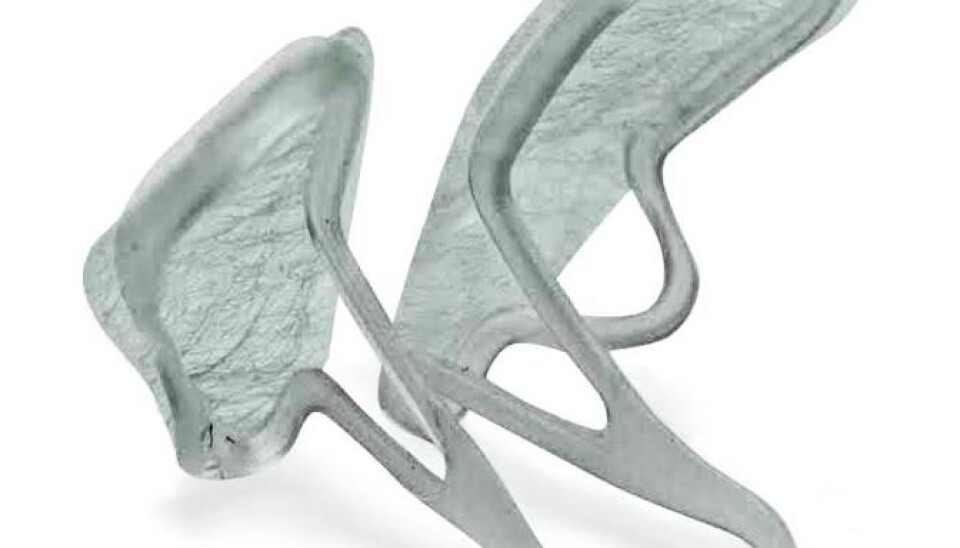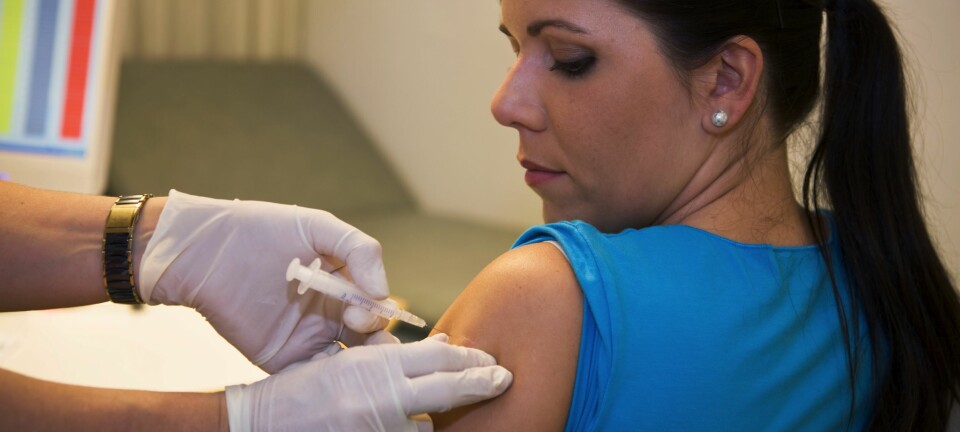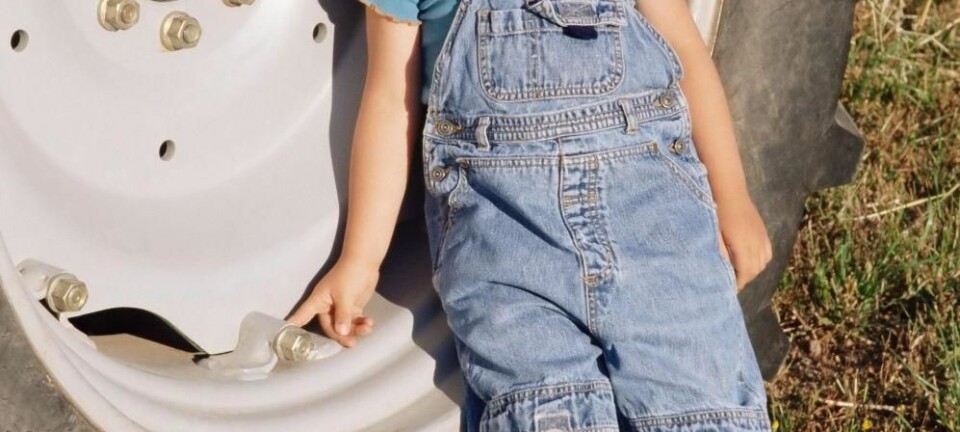
Nose filter keeps out pollen
Good news for people with pollen allergy: a new nose filter, which can trap pollen particles before they reach the nasal mucosa, can significantly reduce hay fever symptoms.
As the days get longer, the air becomes filled with pollen. A runny nose, red eyes and sneezing are some of the most common symptoms for the unfortunate people who are allergic to it.
Luckily for them, relief appears to be on the way: a new nose filter that can significantly relieve these symptoms.
”The filter traps the pollen particles before they reach the nasal mucosa. It is designed so that people forget they are wearing it, and it’s even near-invisible. It is a promising product with an alternative approach to allergies,” says Professor Torben Sigsgaard, an allergy researcher at the Department of Public Health – Institute of Environmental and Occupational Medicine, Aarhus University, Denmark.
This is not the first time that scientists test nasal air filters against pollen influx. Although these studies also found a positive effect of using the filters, these trials were generally unsuccessful as the early versions were inconvenient for the people who used them.
The filter traps the pollen particles before they reach the nasal mucosa. It is designed so that people forget they are wearing it, and it’s even near-invisible. It is a promising product with an alternative approach to allergies.
“The new filter consists of two almost invisible membranes, which are inserted into the anterior part of the nostrils and connected with a small string,” he says.
Testers forgot they were wearing the filter
Sigsgaard has helped with the testing of the new nasal filters on 21 pollen allergy sufferers in a specially designed climate chamber at Aarhus University.
The findings, which are published in the Journal of Allergy and Clinical Immunology, reveal that:
- Throat irritation was reduced by up to 75 percent, while symptoms such as a runny nose, itching, sneezing and a stuffed nose were reduced by 21 percent compared to a control group with no nasal filter.
- The test subjects did not experience breathing difficulties while wearing the filter.
- Out of the 21 test subjects, 19 said they would use the nose filter if it comes into production. They also said that they almost forgot they were wearing the filter.
Laboratory trials have shown that the new nose filter can capture up to 80 percent of pollen particles in the air.
Filter will be available this season
The challenge was to create a comfortable product that does not block the nostrils, allowing the user to breathe properly. Based on our controlled trials in the climate chamber, it appears that we have succeeded.
To find out if pollen allergy sufferers would use the nose filter on a daily basis in real life, 1,500 Danes will be given the chance to try the filter at home during May and June.
The Rhinix filter, as the new filter has been named, was developed by Peter Sinkjær Kenney, a PhD student at the Institute of Environmental and Occupational Medicine, Aarhus University. He expects that the filter will become available to the public in early May 2014:
“We’ll start by putting it on sale online to see how people respond to it. In the university’s climate chamber we had a pretty low pollen exposure, so it is possible that the filter works differently outdoors where the exposure can be much higher,” he says.
An alternative to handkerchiefs
Kenney got the idea for the nasal filter when he noticed how a friend’s pollen allergy ruined his summer joy:
”The idea came to me in 2010 when a friend with hay fever spent much of that summer indoors with handkerchiefs. I thought that there had to be an alternative.”
His plan was to remove the symptoms of hay fever by removing the pollen particles before they reach the nasal mucosa.
“The challenge was to create a comfortable product that does not block the nostrils, allowing the user to breathe properly. Based on our controlled trials in the climate chamber, it appears that we have succeeded,” says Kenney.
------------------
Read the Danish version of this article at videnskab.dk
Translated by: Dann Vinther








